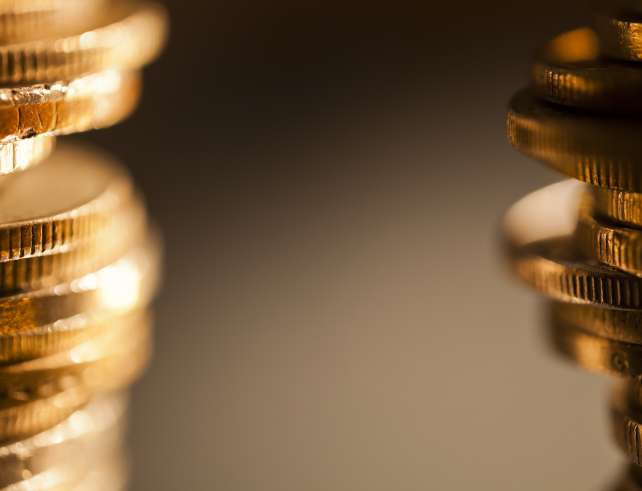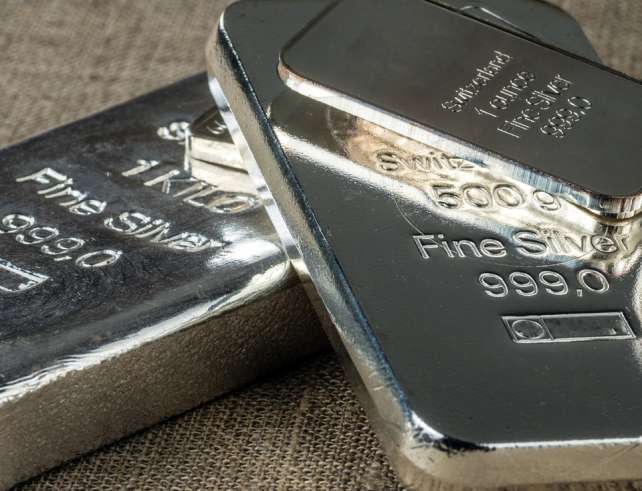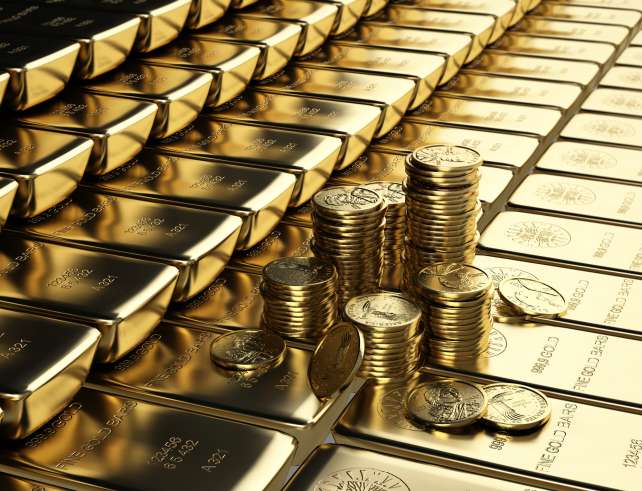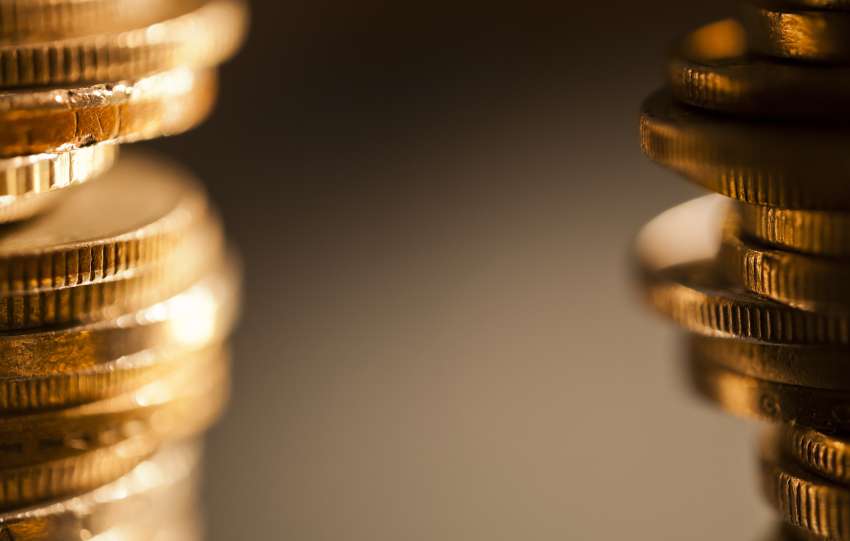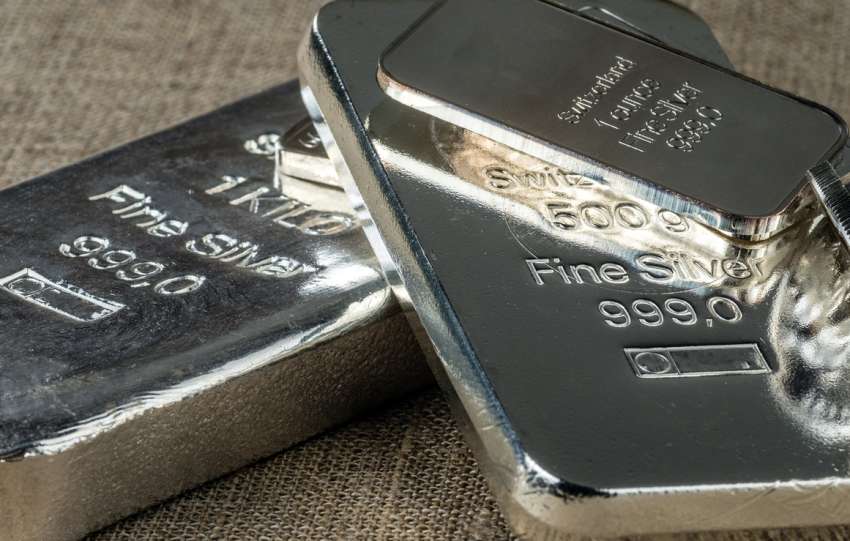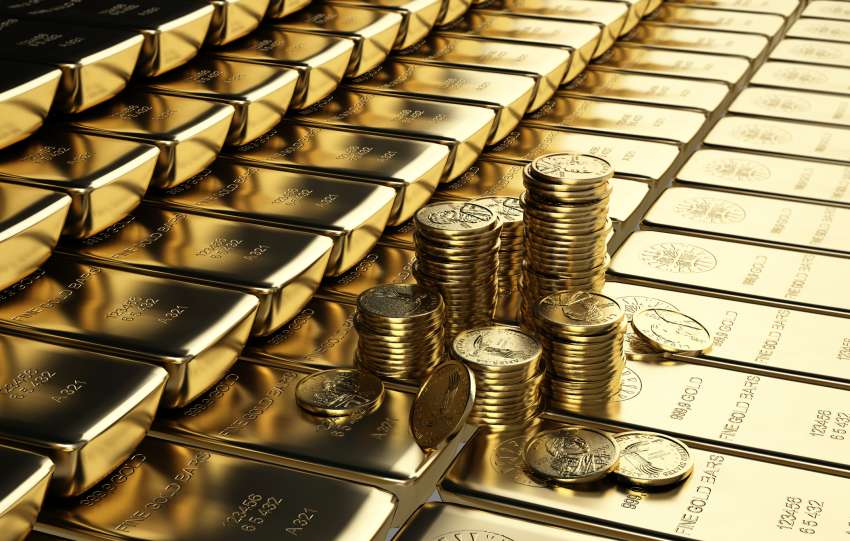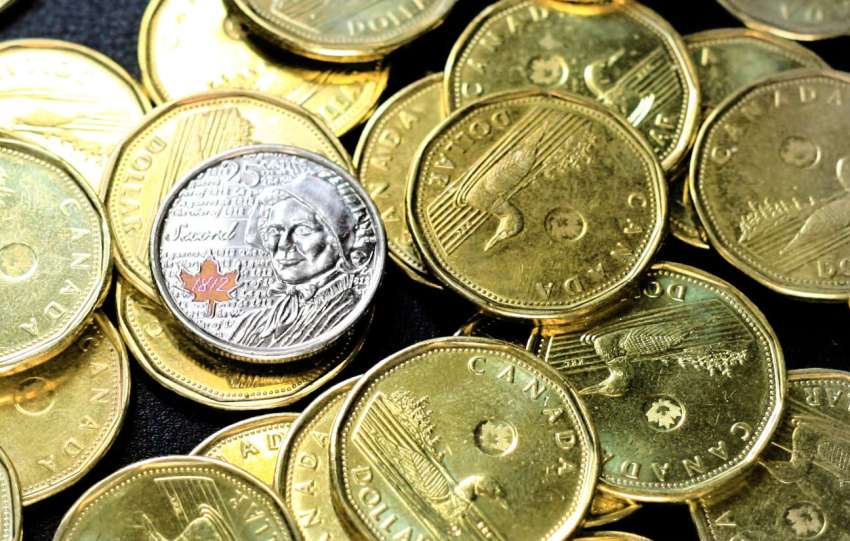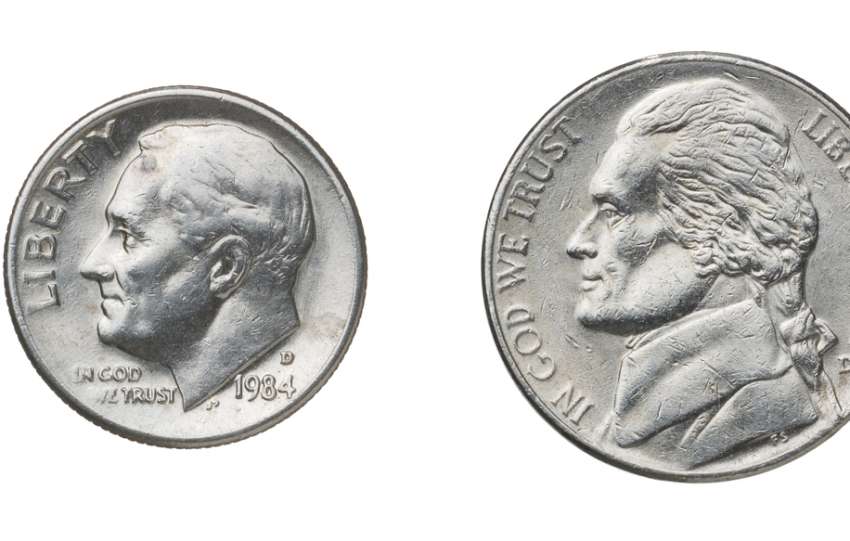Investing is a complex world. There are many investments to choose from, and this is even true within the same asset classes. One of the biggest debates when buying gold or other precious metals, though, is whether numismatic value or intrinsic value is the best investment.
Just like everything else in the investment world, this is a complex area that requires a better understanding. The truth is that either of these could make someone a lot of money, but there is no “one-size-fits-all” answer to which is superior.
Using the following guide, you’ll have the tools to make a more informed decision. The professionals at Silver Gold Bull are available if you have questions, but by the end of this guide, you’ll no doubt feel more confident in making this decision yourself.
What’s the Difference Between Numismatics and Intrinsic?
Before jumping into the world of numismatic or intrinsic precious metal collecting, it’s important to understand what each term represents. Numismatics actually represents the entire study of currency, but it’s often used in order to describe value based on an item’s collectibility and rarity.
A rare ancient gold coin, for instance, may hold far more value than its precious metal content. One example is a coin commemorating the death of Julius Caesar selling for over $4 million. That $4 million would be its numismatic value, but the gold content of the small coin isn’t worth millions.
The spot price of a coin’s precious metal represents its intrinsic value. This is also separate from the face value of a coin — which represents the item’s legal tender worth. Looking at a recently sold 1822 Half Eagle provides a better understanding of these values:
- Face value: $5
- Intrinsic value: ~$454 (i.e., just over 8 grams of gold in June 2021)
- Numismatic value: $8.4 million
The value of numismatic value vs intrinsic value can obviously vary significantly. And when considering the price of an item, the denomination often means very little. We can see a similar relationship with American Gold Eagles — modern coins far more valuable than their denomination.
If you’re interested in investing for strictly bullion purposes, a focus on intrinsic value is the right move for you. If you love collectibles and rare items, though, numismatic value is more on your level. If you came to this guide looking for a direct answer to which is best, here it is: it depends.
You should base your final decision on your personal goals, investment interests, and current trends that could affect price. When making this decision, it’s important to recognize the dangers of numismatic investing. These purchases can expose you to unique risks.
The Dangers of Numismatic Investing
Buying silver coins and other bullion from reputable dealers is a safe bet. We can typically say the same when purchasing items based on numismatic value. Unfortunately, there are also several dangers associated with betting on collectability rather than precious metal content.
The following are just a few of the biggest dangers you’ll encounter when you choose numismatic value rather than intrinsic value for investing.
Collectibility Values Can Change Drastically
When the stock market tanks, plenty of people invest in collectibles. Many of these items even get used as collateral for loans when the economy underperforms. Unfortunately, these values are far from permanent.
Most numismatists recognize that the collectible coin market is volatile. Back in 1990, “mint state-65” coins lost nearly 30% in just six months. This means a coin purchased for $1,000 in March 1990 was worth only about $730 in November of the same year.
Every investment asset can fluctuate — in fact, they all do. Within the world of numismatic value, though, things can go south quickly.
You May Have Paid the Highest Price
Remember the 1822 Half Eagle worth over $8 million mentioned earlier in this guide? Why exactly is this coin worth that much? Because that’s what someone paid at auction. Do you think anyone will soon pay more for it? It’s unlikely since the buyer offered the highest bid.
Unfortunately, owners of rare and collectible coins often own them simply because they were willing to pay the most. Reselling the item — even for the same value — can prove very difficult. It’s certainly possible that the price will go up, but you’ll need a wait-and-see attitude for this.
More Likely to Encounter Fakes
Did you know that there are many coins whose values vary drastically based on mint marks? In some cases, you could turn a common coin into a “rare collectible” simply by scrubbing off that mark. Counterfeiters have become increasingly good at what they do, and this presents risk.
The scariest thing about this is that some professionals can’t even tell the difference. For instance, a coin that several dealers called fake turned out to be a rare California gold rush coin worth millions. He never learned the coin’s true value until sending it to a numismatic authenticator.
If your love for rare coins makes the decision between numismatic value and intrinsic value a simple one, you should likely go this route as well. Avoid purchases unless they’re certified or come from a nationally recognized dealer.
Numismatic vs Intrinsic: Retaining Value
One of the main reasons people invest in bullion is because it stores value. A million different things could happen that devalue a coin’s numismatic value. Imagine a horde of coins formerly thought to be rare suddenly hitting the market. This could seriously devalue your item.
Of course, there’s no guarantee that precious metal prices won’t negatively affect another item’s intrinsic value. The one thing to remember, though, is that bullion is a store of wealth. Gold and silver have held value for millennia, and they’ll continue to do so well into the future.
If you’re looking for something to hedge against a poor economy, the numismatic value versus intrinsic value becomes much less complicated. The latter approach will probably serve you best.
Is Investing in Numismatic Value Worth It?
With all these disadvantages of buying items based on numismatic value, one might wonder why they should even take the risk. In reality, it’s not all bad news. After all, the periodic stories of folks finding treasures for cheap at yard sales is enough to motivate almost anyone.
There are actually a variety of benefits of investing in numismatic value. As long as you’re careful about your investment, it’s possible to see significant profits. If you choose to go this route, simply keep the following safety strategies in mind:
Invest in Trusted Items
If you’re buying big-ticket items for investment purposes, make sure to first verify their authenticity. This may not be necessary for less expensive coins, but make sure you still buy from a reputable source.
Avoid Online Auctions
Unless a respected auction house offers authenticated coins, it’s smart to avoid online auctions. On sites like eBay, for instance, anyone can place something for sale. And in many cases, they’ll make a point of mentioning that a coin doesn’t have certification in the description.
Unfortunately, not all sellers are this honest. If you’re going to buy precious metal coins online, make sure you’re working with a reputable dealer.
Keep Your Eyes Open
When you purchase a bullion coin from a dealer like Silver Gold Bull, it comes with the backing of the government that produced it. In these situations, you don’t have to be an expert on the coin you’re buying. That’s because its value is guaranteed by law.
If you’re going to get into the world of numismatics, though, you should probably do a fair amount of research. Purchasing only certified coins will protect your investment, but relying solely on outside experts could cause you to miss out big time.
Imagine you encounter a seemingly normal penny at a yard sale inside a plastic case. It’s got a $5 sticker on it, so you don’t give it a second glance. If it turns out the coin was a 1943-S Lincoln cent, it might be worth well over $1 million. Moral of the story: know what you’re investing in.
You Can Invest in Numismatics and Intrinsic Value Today!
While there are many differences between intrinsic and numismatic value, neither one is a terrible investment. The value of both can fluctuate based on several factors. You could also make a substantial profit with either. It all really comes down to personal choice and financial goals.
In fact, you may benefit from putting money in both. Diversification is key when building your investment portfolio. If you go this route, though, it’s important to remember the dangers of numismatic investing. Anyone willing to accept these risks could see huge profits.
Wherever you land on the numismatic value vs intrinsic value debate, Silver Gold Bull has you covered. Visit our Buying Precious Metals page today to find everything from modern bullion coins to vintage and collectible items.


